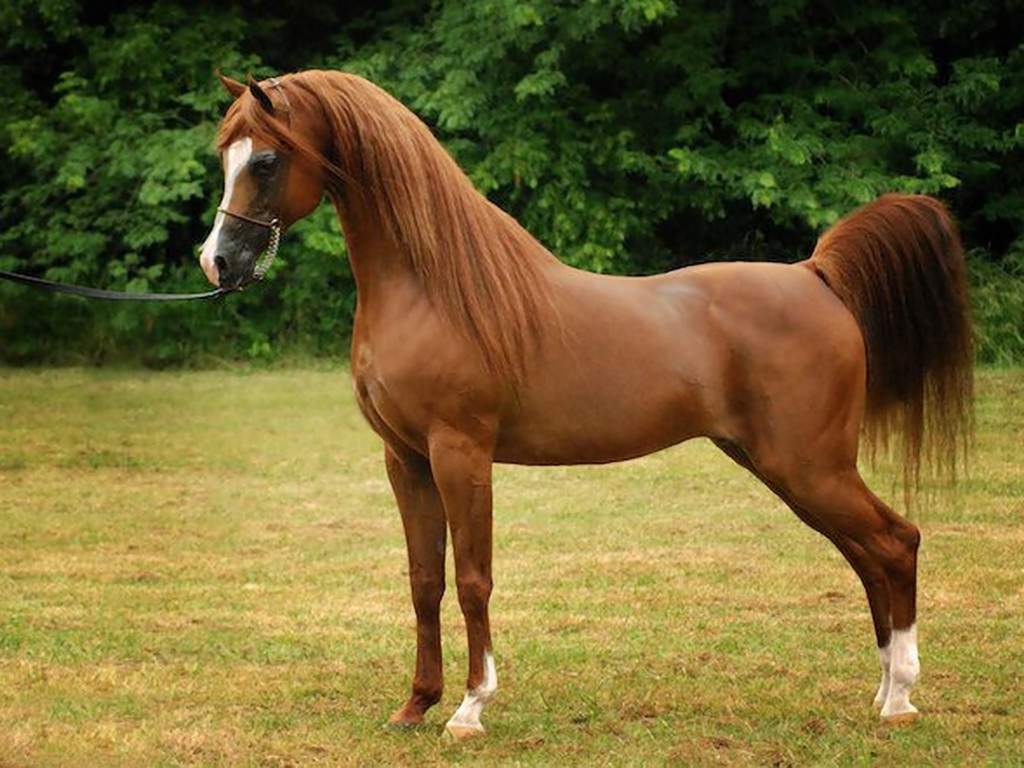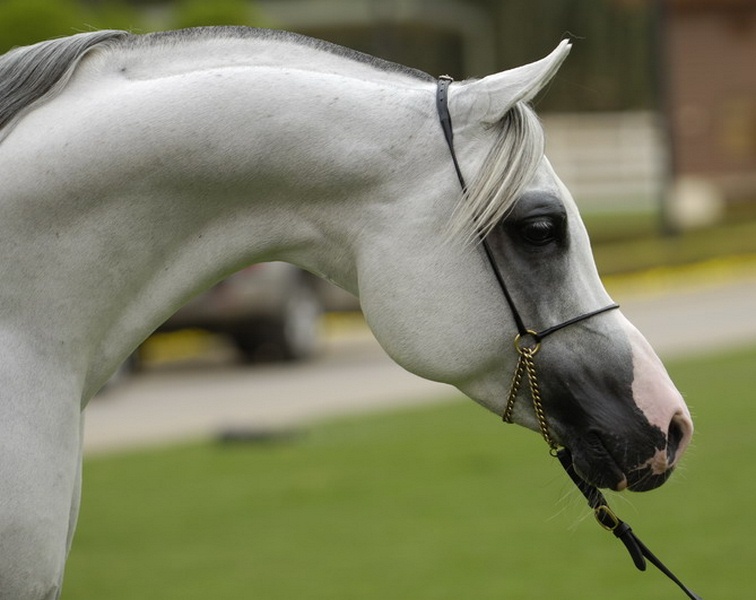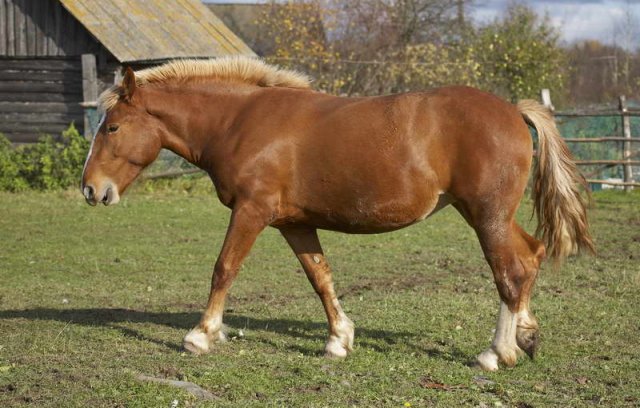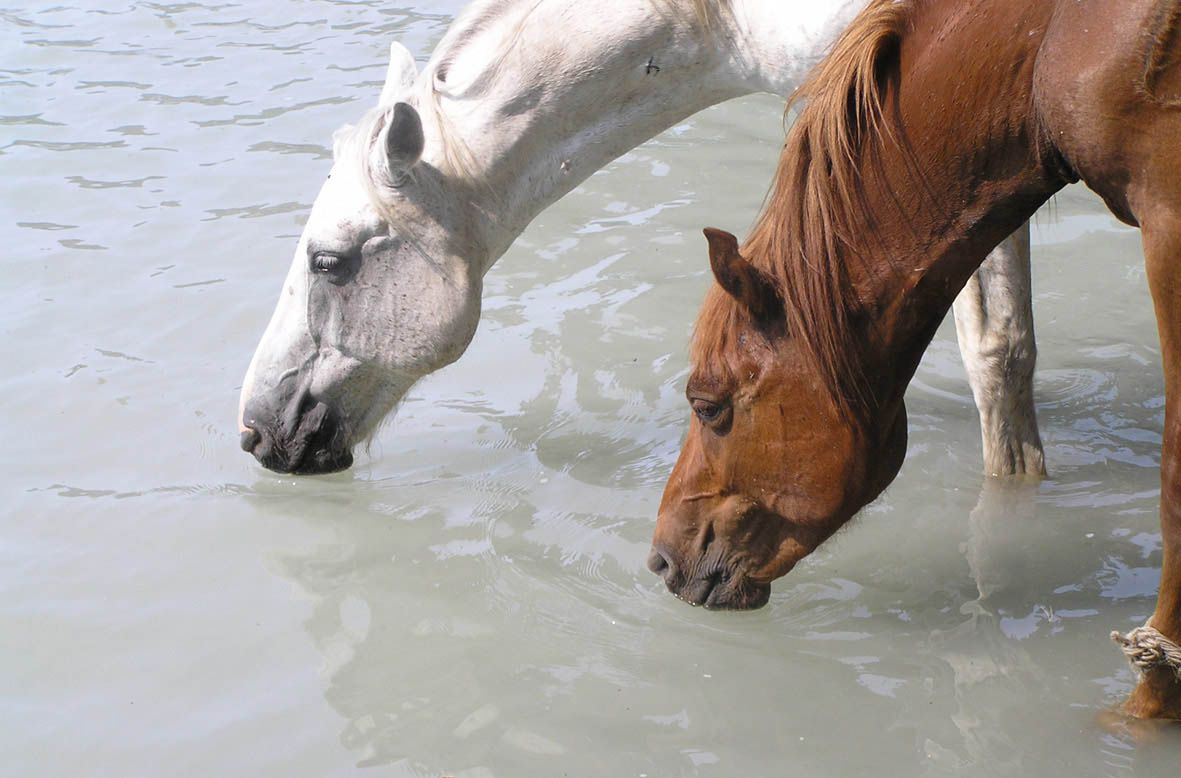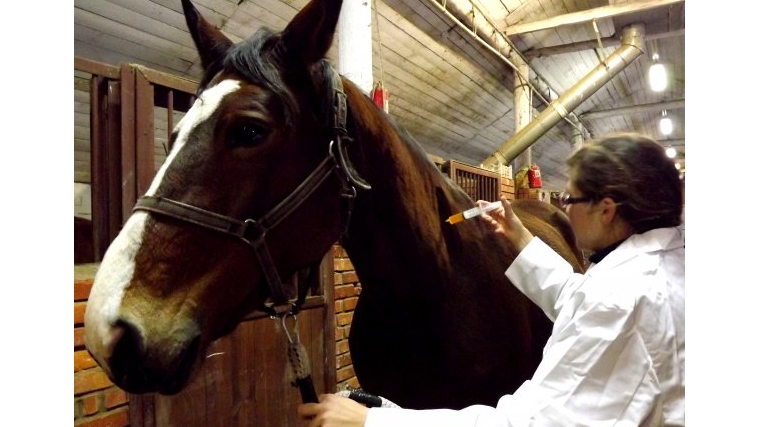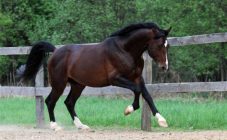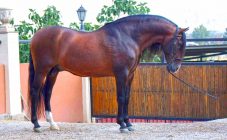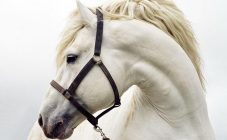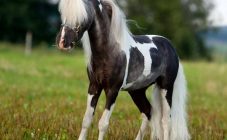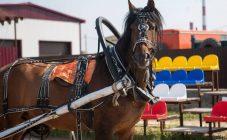Content:
History of the creation of the breed
The Arabian horse breed has a very rich and long history. It is more than 14 centuries old. The breed was formed during the period of constant wars in the Arabian Peninsula. In the formation of the characteristics of the horse, the Arabs played a large role, since it was this breed that they used for military purposes for several centuries. As a result of strict selection, the horse acquired the form that is observed today.
For a very long time, the Arabs did not conduct any experiments with horses. They did not interbreed with any other breeds, the owners did not experiment with the conditions of keeping and care. Horses of this breed were very expensive and were considered great wealth among nomads and warriors.
Much later, Arab horses began to be crossed with other breeds, as a result, new breeds were bred, such as:
- Streletskaya;
- Oryol trotting;
- Horse Russian;
- Berberian;
- Andalusian;
- Lusitano (most often a white Arabian horse);
- Lippitzan;
- Shagia;
- Orlovo-Rostopchinskaya;
- Horse;
- Streletskaya, etc.
Breed development in Russia
The Arabian horse came to Russia during the reign of Tsar Ivan the Terrible. She immediately gained popularity among famous horse breeders. Very often, Arabian horses took prizes at various exhibitions. Nowadays, purebred Arabian stallions are bred at the three most famous stud farms in Russia: Moscow, Khrenovsky and Tersk. Other breeds are improved by crossing with Arab thoroughbred horses.
Breed characteristics
The Arabian breed has four suits. The average height of a horse is around 1.5 meters. Characteristics of the breed are characterized by small, erect ears, wide nostrils. Wide muscular chest, long neck, prominent back, powerful legs, long high tail. The mane is shiny and silky.
Most often, Arabian trotters are used in horse racing. Work is carried out inside the breed so that it does not grind and lose its qualities. Horses are distinguished by good health and increased endurance. They can travel more than 150 km per day, without consequences for the general condition of the animal. They are famous for their high life expectancy. With proper maintenance and care, an Arabian horse can live for over 30 years. A thoroughbred Arab mare is able to reproduce offspring to a ripe old age.
Since the breed was bred on the territory of what is now Saudi Arabia, in hot climates, the skin of Arab thoroughbred horses is thin. But, surprisingly, they are able to withstand fairly low air temperatures. For living in the climate of Russia, half-breeds are more suitable, resulting from the mating of a horse of Arab blood and a horse without a pedigree. These stallions will not differ in terms of physical development, but external qualities may be affected.
Appearance
Arabian horses have a slightly concave, oriental profile. It is popularly called pike. This is also a feature of the breed. Horses have 16 vertebrae in the tail, in the lumbar region - 5 vertebrae, 17 ribs.Large beautiful eyes, mostly brown or dark, high strong neck, back and chest with pronounced muscles. When running fast, the tail rises high up. This is characteristic of a high tail set.
The most common varieties of Arabian horses are:
- Hadban. A sports horse, which is considered, according to the description, the densest and largest among its fellow tribesmen.
- Coheilan. Horses with pronounced musculature. Powerful, racing, fast, hardy. Wonderful horses. Animals of black color predominate.
- Siglavi. Have an average body density. This variety is distinguished by its appearance. When breeding it, emphasis was placed on external beauty, so physical qualities faded a little into the background. They are less hardy, less playful than their closest relatives.
- Koheilan-siglavi. She absorbed the external attractiveness of the Siglavi breed and the endurance and developed physical condition of Coheilan. Very workable. They are considered the tallest in this breed.
Character and disposition
Arabian horses are affectionate, but at the same time, capricious. They have excellent contact with people, get along with children. They have remarkable memory, keen eyesight and hearing. Very smart. If you offend an Arab with something, he will remember it for a long time. Only a person with extensive experience can train an Arabian horse. Arabian horses will not obey a person who tries himself in animal training. They are very sensitive to the strength and firmness of character.
Horses are able to evaluate and think over their actions, choose the direction of movement, assessing the situation around.
Features of maintenance and care
In financial interests, the care of the herds of Arabian horses prevails. In the herd, endurance and working capacity are brought up faster in stallions. With herd development of horses, the livestock grows much faster than with breeding single individuals. In the presence of a herd, there is a caste division of horses. Sports stallions, male studs, young horses are kept separately from mares, which reproduce offspring, feed and care for stallions, young mares.
Regardless of herd or solo breeding, horses need:
- Quality and balanced nutrition;
- A stall with enough room for a horse;
- Daily walking in a spacious area;
- Cleaning wool and manes. Horses are very clean animals that love order.
Pregnant mares are kept separate from the main school. Pregnancy lasts about 340 days. It is not recommended to feed a horse carrying a fetus in the first half of pregnancy. You can increase the amount of food in the last three months of pregnancy. A well-fed mare will be harder and take longer to give birth. Vitamin supplements should be added to horse feed for the last three months. Before giving birth, the mare tries to retire. In most cases, stallions are born in the dark. If the horse has already given birth, and the birth took place without complications, then the mare is able to cope with this process on her own, without the intervention of a veterinarian.
The arrangement of the stables should take into account all the features of the behavior of Arabian horses. The stable should be clean, warm, cozy, and comfortable humidity indicators should be provided. Feeders should be located one meter from the floor, their depth should not exceed 50 cm. The corral is formed in the immediate vicinity of the stable. The area should be calculated from an average of 15 m² per individual.The Arabian horse needs to be walked twice a day.
The Arabian stallion must have constant access to clean drinking water. In the hot season, the amount of liquid consumed by the horses is 50 liters, in the cold season - 30 liters. After active physical exertion, animals are not recommended to be allowed to water for 30 minutes.
When cleaning the mane and fur of Arabian horses, the necessary equipment should be used, such as:
- Whalebone and hair brushes;
- Plastic and rubber brush;
- Wooden scallop;
- Hoof hook.
Prevention of this ailment is the following:
- The quality of the food consumed must be at a high level;
- Do not overfeed;
- There should be enough fiber in the feed;
- New feeds should be introduced gradually, mixing with the previous ones.
There is also an ailment that results from injury. It is called laminitis.
The main symptoms of the disease are:
- Refusal from fast movement;
- The temperature rises;
- The joints of the lower extremities swell.
Veterinarians can treat this injury. The most important thing is a quick and correct diagnosis.
Horses at a certain age undergo compulsory vaccination.
Vaccinations are given for the following diseases:
- Tetanus;
- Anthrax;
- Lichen;
- Rabies;
- Flu;
- Pneumonia.
Horses are blood drawn every six months to diagnose various common diseases.
Diet and feeding of Arabian horses
Horses should not be limited in food. They should always have hay in the trough. Since gastric juice is constantly secreted by the digestive system, the stomach must digest something throughout the day. Also for horses in autumn, the chewing process is important. This action reduces the feeling of hunger from constantly swallowing air.
If the stallion is transferred to a different diet for some reason, this should be done slowly. Bacteria form in the horse's body that can break down certain foods, and if that food changes, the bacteria must change too. It takes about 2 weeks for bacteria to form. That is, the new diet should be introduced gradually, over the course of a half month.
Hay is the horse's main food throughout its life. Oats, muesli, and other feeds act as complementary foods. Food should be free of toxic additives, fresh, free of dust and mold. The animal gets used to feeding at a certain time, and by this time it produces the amount of gastric juice needed to digest a certain amount of food. Any sudden change in feeding time can negatively affect the functioning of the gastrointestinal tract.
Considering the endurance of this animal in long distance running, its ability to learn, it will become the undoubted leader at any races, a winner at various exhibitions. Horses of this breed do not need special care. Their strong immunity will protect against common diseases. By purchasing an Arabian horse, the owner gets a devoted friend in life.
